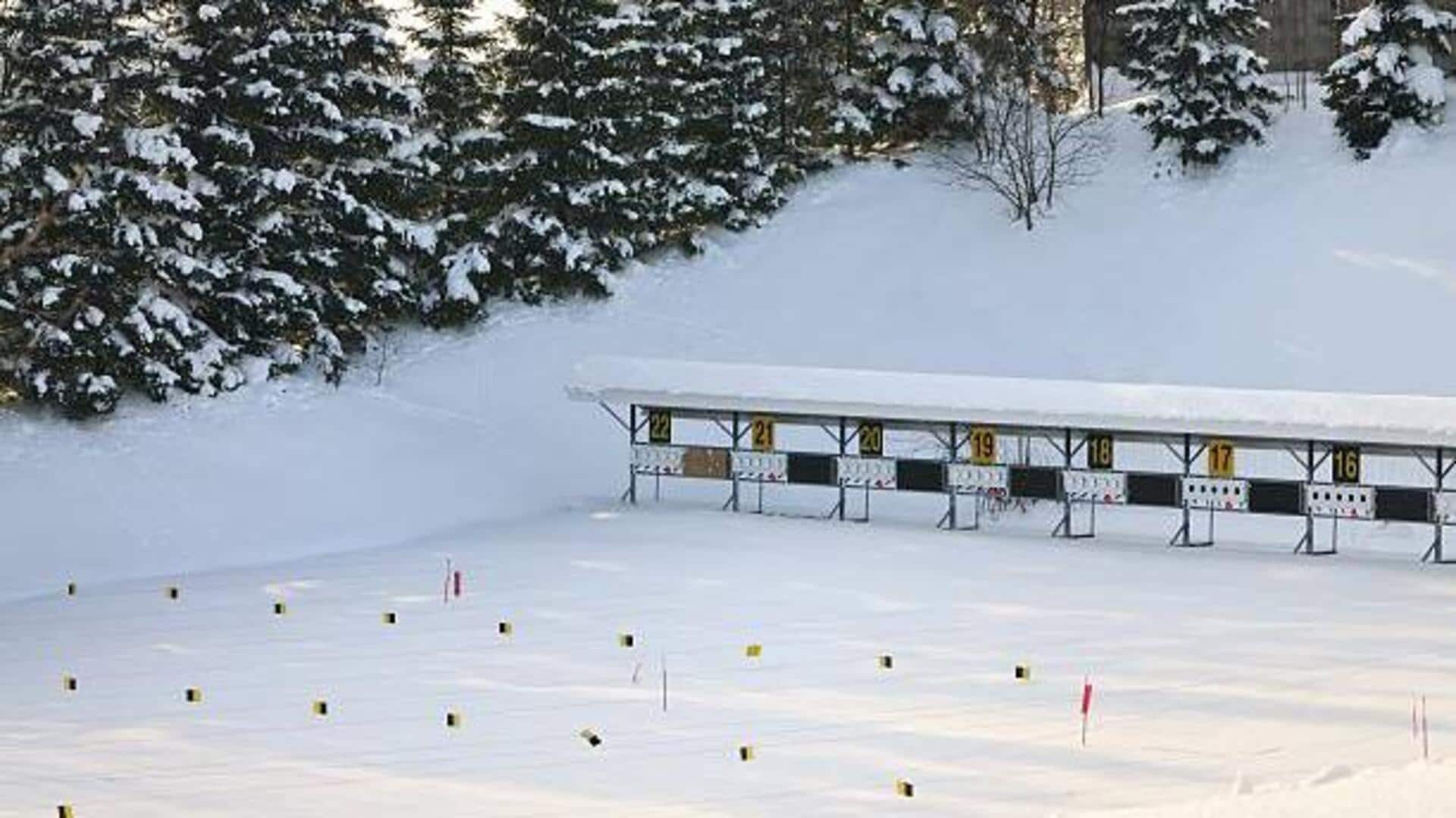
Have you heard about neon biathlon?
What's the story
The neon biathlon is a fresh take on the classic biathlon, blending cross-country skiing and rifle shooting into one exhilarating neon-lit experience.
This after-dark affair turns a traditional winter sport into a dazzling spectacle of light and color.
Competitors glide through a glowing winter wonderland, then test their focus on radiant targets. It's winter sports, reimagined.
Equipment
Gear up with neon
To participate in the neon biathlon, athletes need the typical biathlon equipment, but with a glowing twist: everything is illuminated.
Skis, poles, and rifles are decorated with neon lights or glow-in-the-dark paint.
Even the specialized clothing incorporates reflective elements to ensure visibility and safety during the competition.
This doesn't just create a cool look, it also means athletes are clearly visible to spectators and officials.
Preparation
Training for the twilight
Training for nighttime biathlon requires a shift in routine. Athletes train in the evening to adjust their vision and body clock.
Including low-light target practice is crucial, as shooting accuracy can be vastly different compared to daytime.
Some athletes also utilize vision-enhancing goggles to acclimate to the neon-lit environment, guaranteeing peak performance.
Viewing experience
A spectacle for spectators
The neon biathlon is a spectator-friendly event designed for maximum entertainment.
The high-speed action, pinpoint accuracy, and vibrant visuals make for an unforgettable experience.
Spectators can cheer on their favorites from designated viewing areas along the course, where special lighting ensures both visibility and safety.
Plus, live broadcasts bring all the technicolor excitement to fans at home in stunning HD.
Tips
Safety first in luminescence
How is safety ensured in a night-time biathlon event?
All equipment, including rifles and ammunition, undergoes thorough safety checks. The courses are well-lit, but not to the extent that it hampers the vision of athletes.
Athletes are briefed on night-time procedures, including how to safely navigate the course and communicate with officials in case of emergencies.
They leave no stone unturned to ensure everyone's safety.